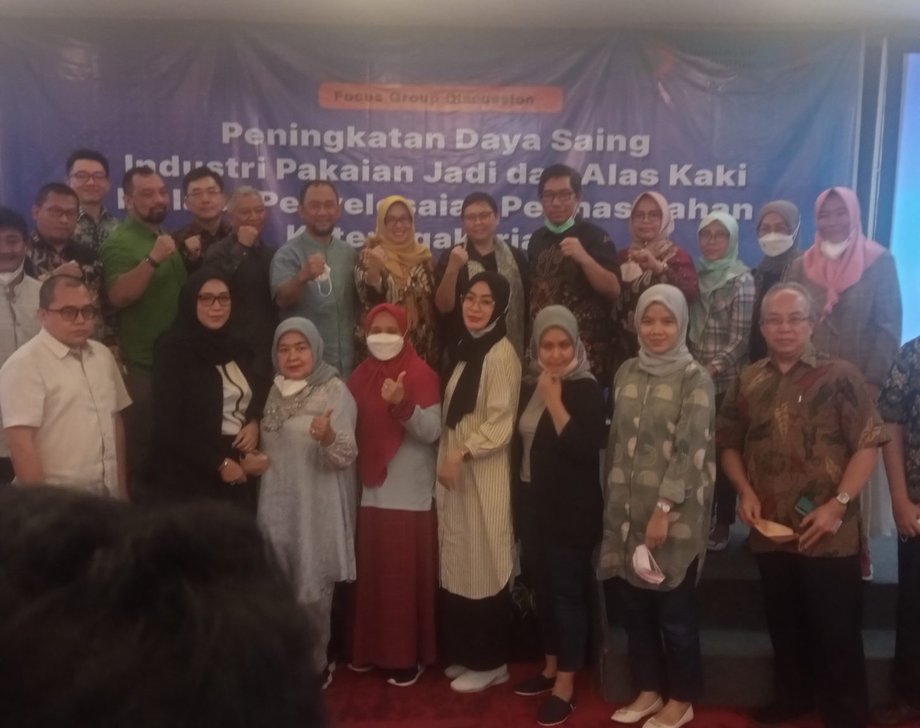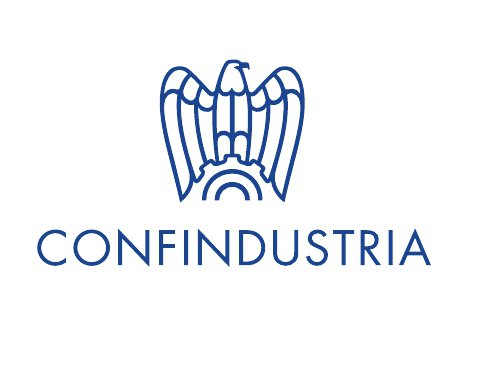Economic growth in Singapore, the United States, China, Japan and Korea as export destinations for apparel and footwear from Indonesia, experienced a slowdown. As a result, the demand for Indonesia's export market weakens. This was stated by the Director of the Textile, Leather and Footwear Industry, Elis Masitoh at the Group Discussion Forum (FGD) held by the Directorate General of Textile, Leather and Footwear Industry, in Bandung. [Daya Saing Industri TPT dan Alas Kaki Harus Ditingkatkan – tubasmedia.com]
The FGD with the theme "Improving the Competitiveness of the Garment and Footwear Industry through Solving Labor Problems" was officially opened by the Acting Director General of the Pharmaceutical Chemical and Textile Industry (IKFT) of the Ministry of Industry, Ignatius Warsito, who appeared on videoconference.
On that occasion, Warsito said that the Textile and Textile Products (TPT) industry is an industry whose growth continues to be encouraged by the government.
Even this sector's performance in the first quarter of 2022 was quite encouraging with a growth rate of 12.45% Y-on-Y. Likewise, the increase in export numbers is quite good. As of May 2022, the export value experienced a significant increase of 27.9% or to USD 6.08 billion, mainly driven by an increase in exports of apparel and yarn.
''Even the growth of the textile industry is also very significant,'' he continued.
In addition to the slowdown in economic growth, another challenge for Indonesia's textile industry is the Russia-Ukraine conflict which has caused an increase in commodity, energy and food prices and other impacts of war, Elis Masitoh added.
As a result of the events mentioned above, the market for Indonesian garments and footwear products has become increasingly limited and even smaller. Even if the unfavorable situation continues abroad, it is not impossible that the Indonesian garment and footwear export market will become increasingly difficult.
Not to mention burdened by labor problems related to the amount and difference in wages in each region which always creates friction between employers and workers.
It should be noted, said Elis that the largest cost structure for garment and footwear production is in the field of labor. Therefore, employment problems in the garment and footwear industry must be conditioned as neatly as possible so as to reduce friction between employers and workers.
Elis added that to face all the challenges in the export market, the competitiveness of garment and footwear products must be improved.
The increasing competitiveness of Indonesian garment and footwear products, said Elis, is largely determined by labor factors, meaning that if the relationship between employers and workers is harmonious and conducive, the competitiveness of national garment and footwear products will continue to increase and thus competition will be fierce in the export market. Indonesian products will be won.
''Anyway, we have to save this labor-intensive sector, especially from the threat of a world recession. Of course, through increasing competitiveness,'' he said.
In another part of his remarks, it was stated that the Ministry of Industry targets a positive performance in 2022, especially in the textile and apparel industry with a target rate of GDP growth of 4.81 percent, an investment value of IDR 12.10 trillion and an export value of USD 19.33 billion.



